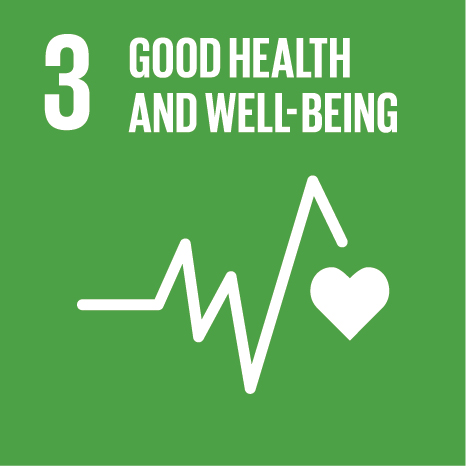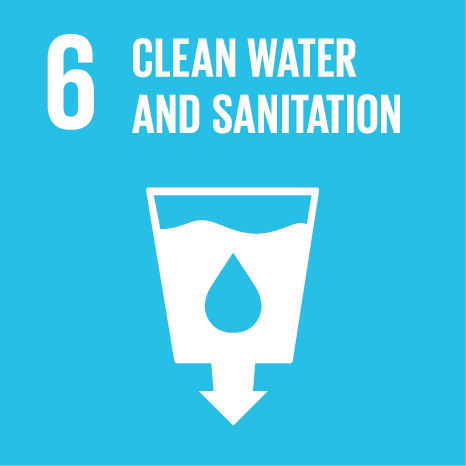 +265(0)111 624 222
+265(0)111 624 222 research@unima.ac.mw
research@unima.ac.mw Chirunga-Zomba, Malawi
Chirunga-Zomba, Malawi
The radioactive contamination of ground and surface water near a uranium mine in Malawi
Abstract
Ground and surface water in the uranium mining area of Kayelekera in Malawi was assessed for concentration levels of radioactive metals. Potential health risks associated with the intake of these metals in drinking water from various sources were also estimated. Surface, groundwater and mine discharge water samples were collected and analysed for radio elemental concentration using inductively coupled plasma mass spectrometry analytical technique. The results indicated a high concentration of 238U in water samples from lower Sere river. The activity concentrations of 238U, 232Th and 40K were however below WHO recommended limit. Health risk assessment using average committed effective dose were below the global average. Excess lifetime cancer risk values with an average of for borehole water was calculated and found to be below the global average. Radiologically, the water quality of Kayelekera area post uranium mining activities has not been compromised, however close monitoring and treating of drinking water is recommended
| Pages (from-to) | e2341 |
| Volume | 12 |
| Issue number | 1 |
| Publication status | Published - 2024 |
UN SDGs
This research output contributes to the following United Nations (UN) Sustainable Development Goals (SDGs)


UN SDGs
This research output contributes to the following United Nations (UN) Sustainable Development Goals (SDGs)


UN SDGs
This research output contributes to the following United Nations (UN) Sustainable Development Goals (SDGs)

